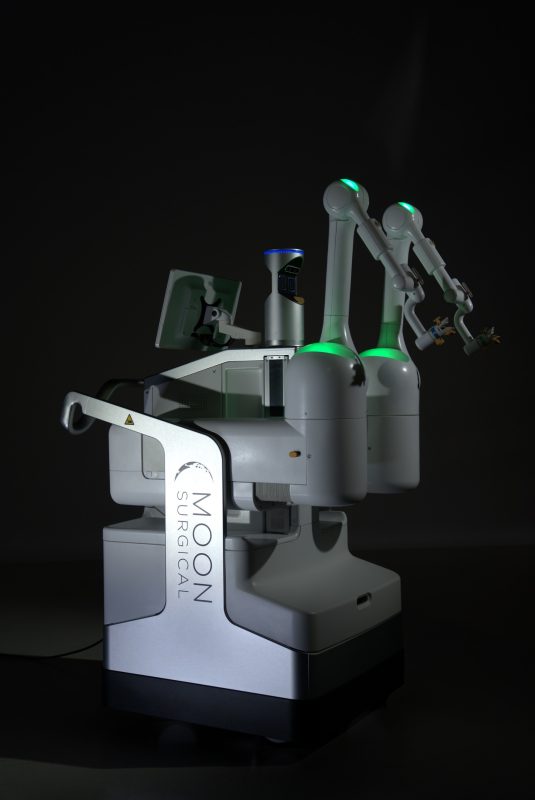RSIP Vision, a global supplier of medical artificial intelligence (AI), computer vision, and image processing technology, has announced the release of an innovative new AI bone segmentation and landmark detection module that will dramatically improve pre-operative planning, intraoperative guidance, and post-operative patient experience in knee replacement surgery.
By leveraging the power of RSIP Vision’s novel AI module, surgeons and radiologists can automatically collect – from regular X-ray images only – the accurate measurements they want. This provides them with the critical data they need to design the best possible implants for patients. This crucial planning process is now simplified, making it faster and more precise, allowing the surgeon to plan the implant positioning with perfect accuracy. This module will serve a much wider segment than the existing CT module since most medical centers use X-ray for these procedures on a daily basis.
Knee replacement surgery is one of the most common procedures in orthopedics, with more than 790,000 surgeries carried out each year in the US alone. According to the American Academy of Orthopaedic Surgeons (AAOS), this figure is expected to grow to 1.28m by 2030. It can be a difficult procedure with a painful recovery and a long rehabilitation period.
In total knee replacement surgery, also known as total knee arthroplasty (TKA), the severely damaged bone is replaced with an implant. Implants can be positioned in several ways, and accurately fitting this implant is crucial to the success of the operation and future health and quality of life outcomes for the patients.
X-ray images are commonly used to get a good understanding of the bone, including its size and location. Numerical measurements that define resection lines, implant size, and final bone position are vital to determine the optimal configuration of the implant location. This process relies heavily on the accurate detection of anatomical landmarks and segmentation of each bone, to provide important data such as angles and surface measurements.
However, X-ray images can be challenging for manual interpretation and measurements. In recent years, AI and deep learning introduced significant advances to the medical field; this enables RSIP Vision to develop the new module which accurately detects and maps the anatomical structure of the bones from X-ray only.
RSIP Vision founder and CEO, Ron Soferman, said: “This novel technology marks another milestone in RSIP Vision’s revolutionary work to improve the lives of millions of people who undergo knee surgery every year. Our expertise in deep learning, image analysis and computer vision, combined with years of experience in the medical domain, has enabled us to develop a line of AI modules tailored to the orthopedics field.
By reducing the planning and surgery time and solving the main challenges of orthopedic procedures, RSIP Vision’s innovative AI bone segmentation and landmark detection X-ray module provides a robust solution: it enhances the clinical capabilities of our clients, the large orthopedics vendors, allowing them to secure an improved patient outcome, a higher surgical success rate, and shorter recovery time.”


